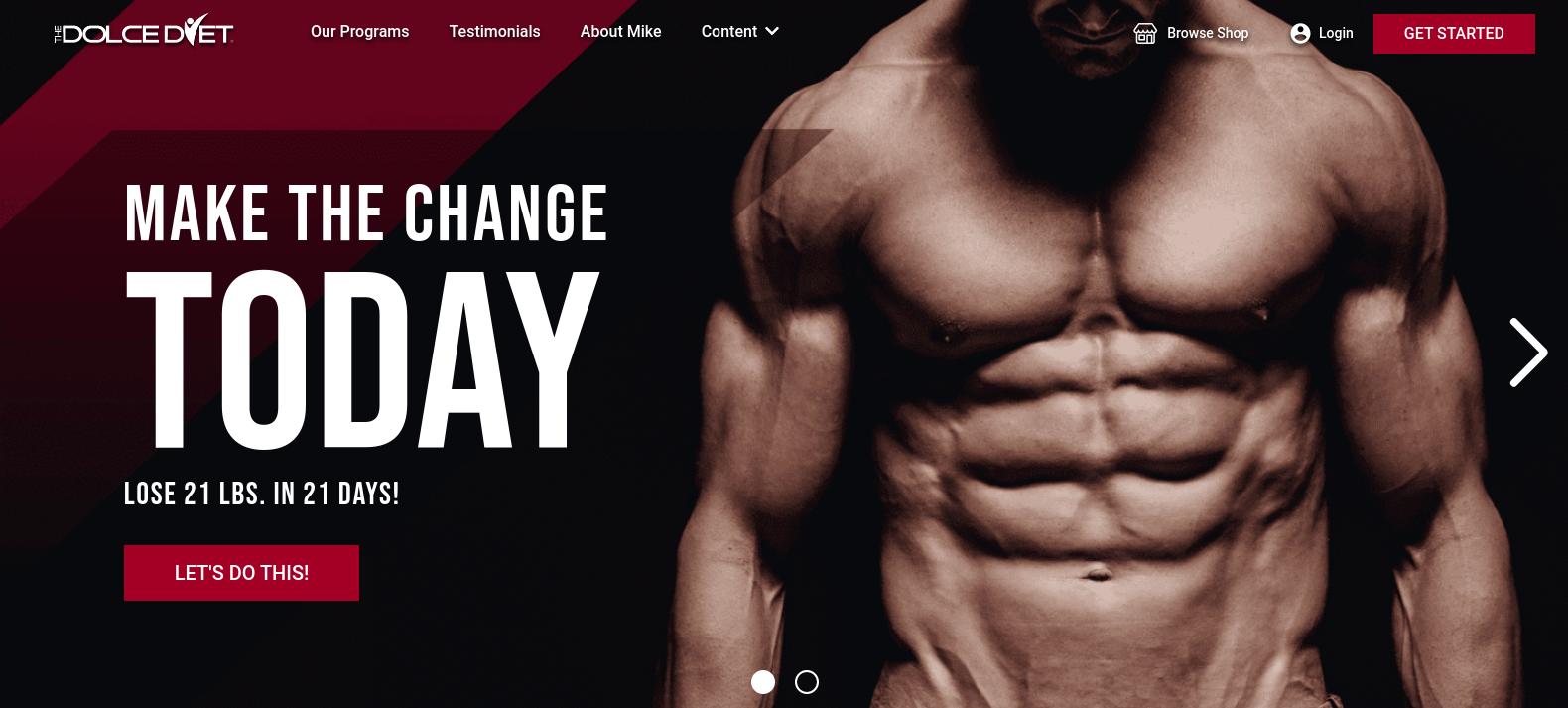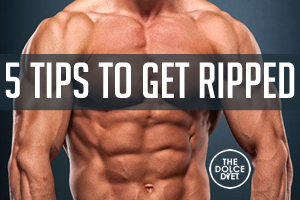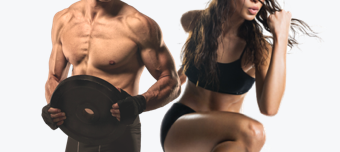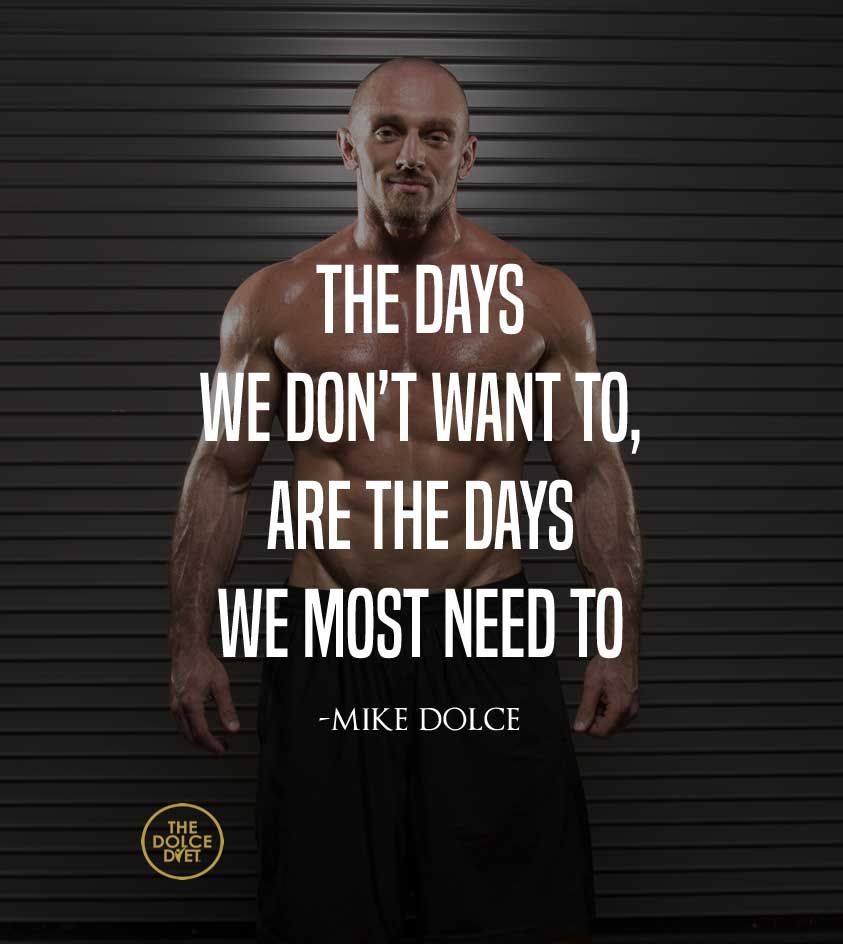DOLCE DIET LIFESTYLE:
4 Exercise Habits That Age You
Exercise’s antigravity effect on your body provides more than enough incentive to hit the gym. But it only works if you do it correctly — too much of one thing and not enough of another can actually add years to your body. Here are some of the most common exercise habits that age you, and what to do instead.

1. You only do cardio
If your workout consists of hours of cardio and no weight training, you’re setting yourself up for a less-than-firm body. Muscle burns calories even when you’re resting, so less muscle means fewer calories burned throughout the day, not to mention a lack of muscle tone. And as you age, your muscles become a use-it or lose-it situation: We start losing muscle at the rate of approximately a half pound a year after the age of 25 — or five pounds a decade — without regular strength training.
The fix: Include strength training in your workout program at least two to three days per week to maintain and build lean body mass and decrease body fat percentage.

2. You only use machines
If you hop on machines for your entire resistance training program, you should add a dumbbell move or two for a greater anti-aging impact. It comes down to functionality and strength for everyday life activities. Machines lock you into place and stabilize your body, which is fine for beginners, but it doesn’t require working in all planes of motion or using stabilizing core muscles. Free weights enable you to be as strong and fit as you can be and strengthen you optimally. In addition, free weights require balance, an ability that diminishes with age.
The fix: Alternate free weights one day and then machines the next time you work that same body part. For example, on a machine day, use the chest fly machine, but then swap in dumbbell chest presses at the next workout. Or, when working your back, use the seated row machine one day and dumbbell rows the next time.

3. You stick with low-impact workouts
Biking, the elliptical, and low-impact aerobic classes are great cardio workouts, but they don’t do much for your bone density. To stave off osteoporosis, you’ll need some impact — an integral part in maintaining bone health: The impact travels up the leg and is absorbed at the hip, thus helping prevent hip fracture. In fact, a recent study published in the journal Medicine and Science in Sport and Exercise showed that running significantly reduced osteoarthritis and hip replacement risk.
The fix: Add impact to your routine with jogging, sprinting, and jumping rope.

4. You never take a break
If you’re tired all the time and feel achy and sore, you may not be allowing your body enough time to heal between workouts, which can age you. In your teens and 20s, it took approximately 18 hours to repair muscle fibers affected by a workout, but this increases to 36 hours in your 40s or older. Using those same muscles before they’re completely recovered can trigger inflammation. Workouts become more difficult, your immune system may not function as efficiently, and you may have trouble sleeping.
The fix: Take enough time between workouts, and allow at least one whole day for rest per week where you do nothing more than stretching or light yoga. Try this Rest Day Stretch Routine.
Article by Prevention Magazine






